11 Steps to Plan Story Arcs in D&D 5e
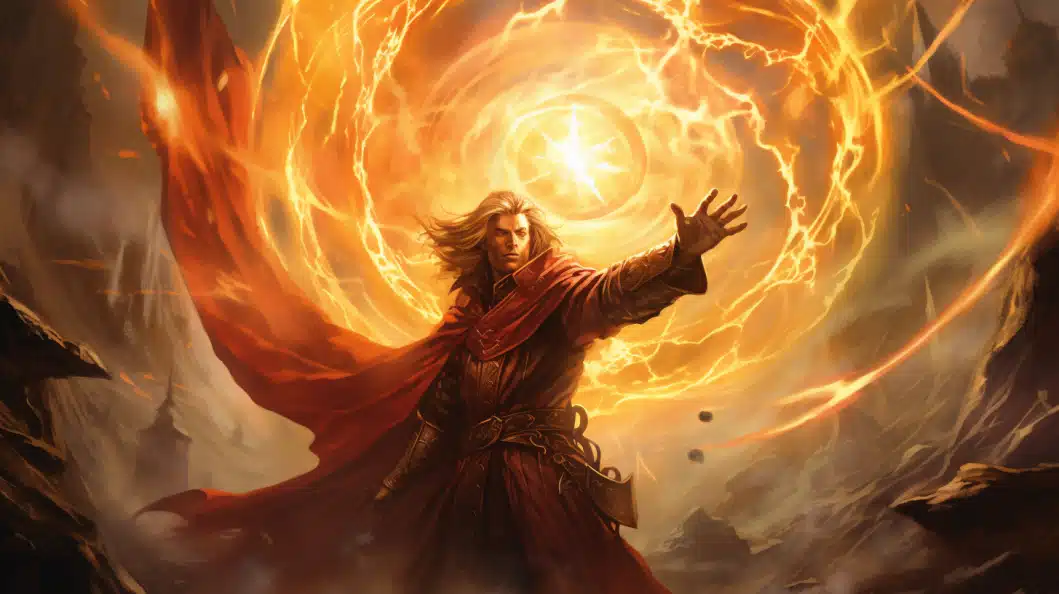
Greetings, fellow Dungeon Masters! Embark on an epic journey to crafting captivating story arcs in D&D 5e with this comprehensive guide, distilled from years of game mastering experience.
Immerse yourself in a trove of creative strategies and insights that will transform your campaigns into unforgettable experiences for your players. Whether you’re grappling with overarching themes or devising intricate puzzles, this guide has you covered.
Step into the realm of captivating storytelling and elevate your D&D adventures to new heights. Let’s begin our exploration of narrative mastery.
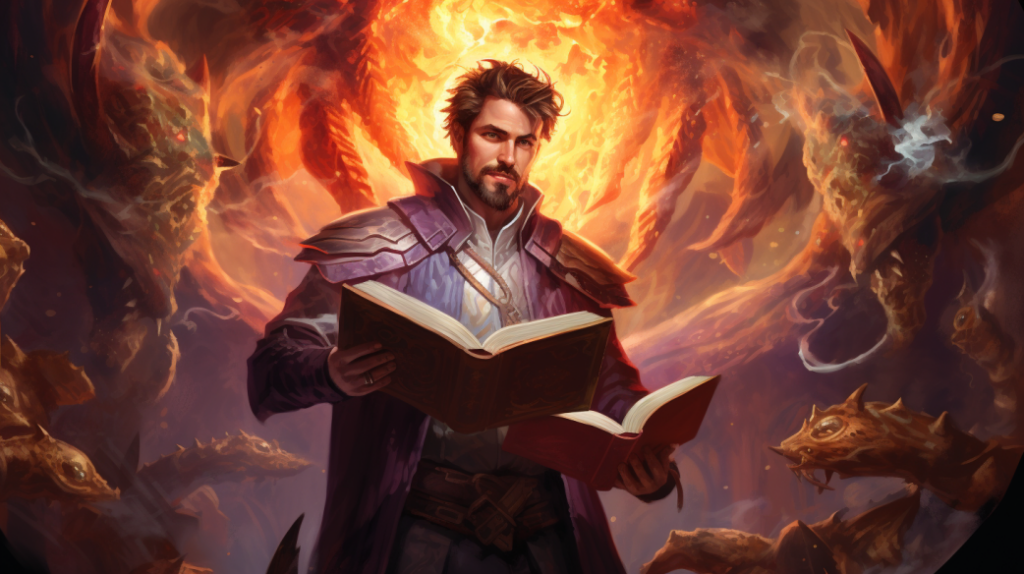
Key Takeaways from Creating Cohesive Narratives in D&D Campaigns
- Structure and Direction: Story arcs form the foundation of a D&D campaign, providing structure and direction for the narrative.
- Diversity and Engagement: Incorporating diversity into story arcs keeps the campaign engaging and prevents it from becoming repetitive.
- Strategic Planning and Seamless Flow: Strategic planning ensures that story arcs flow smoothly and incorporate player actions and decisions.
- Cohesive Narrative: Creating a cohesive narrative involves establishing campaign themes, using symbolism and thematic consistency, and integrating player backstories to enhance character development and growth.
Understanding Story Arcs in D&D 5e
Let’s dive straight into understanding the concept of story arcs in D&D 5e. At their core, story arcs are the backbone of your campaign. They provide structure, guiding both the Dungeon Master (DM) and the players through the game. The arc significance isn’t just about plot, it’s about creating a meaningful, engaging game experience.
The Importance of Campaign Themes
A crucial element in planning story arcs is understanding the importance of campaign themes, which I’ll discuss next. Campaign themes are the backbone of your story, providing a consistent and engaging narrative that keeps your players hooked.
- Campaign Symbolism: A campaign theme is often embodied through symbols that players encounter throughout their journey. This could be a recurring emblem, a significant color, or even a specific phrase that hints at the larger narrative.
- Thematic Consistency: Maintaining thematic consistency is critical. If your story arc is about redemption, for example, ensure that your campaign events, characters, and decisions all reflect this central theme.
- Player Engagement: A well-chosen theme resonates with your players, creating a sense of purpose in their quest. It’s not just about slaying the dragon; it’s about proving that second chances are possible.
- Narrative Depth: Finally, a solid theme adds depth to your narrative. The players aren’t merely wandering through a dungeon; they’re delving into a labyrinth of regret and redemption, where every decision echoes the overarching theme.
Arc diversity is another crucial aspect to consider. D&D is filled with a multitude of story types and themes, from epic quests to political intrigue. By incorporating different types of arcs, you can keep your campaign fresh and exciting.
You might start with a classic ‘save the world’ arc, then move into a mystery arc, where the players need to uncover who’s behind the ongoing political unrest.
Use the arc to guide your players, but remember, D&D is about collaboration. Let your players’ actions and decisions shape the story, adding depth and unpredictability to your arcs.
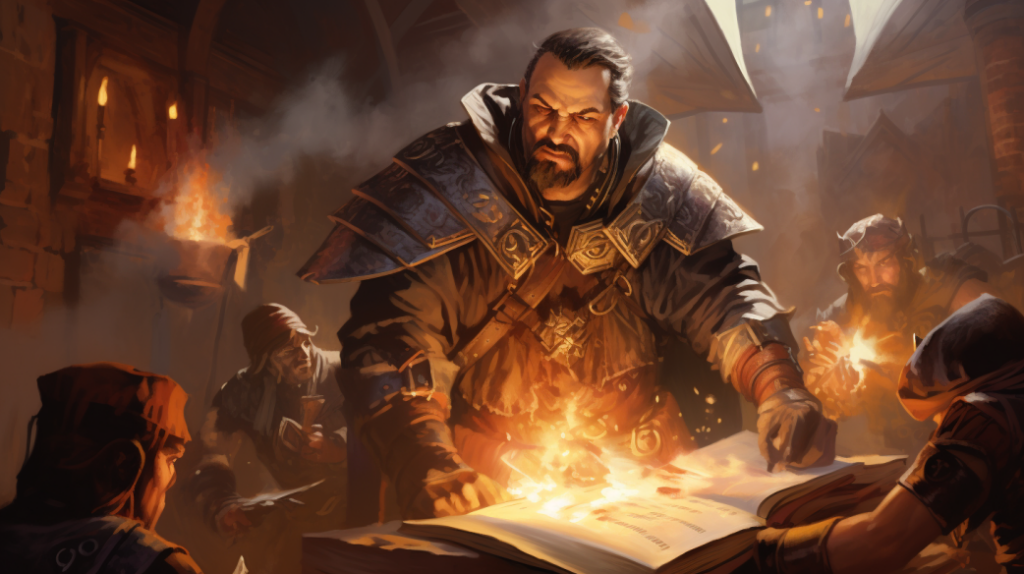
Creating Memorable Characters
In the realm of D&D, I’ve found that creating memorable characters can truly bring your story arc to life.
Crafting relatable, dynamic personas isn’t just about picking a race, class, or alignment; it’s more about character development and understanding character motivations.
When I develop my characters, I delve deep into their past, their desires, and their fears. A character’s past shapes their motivations, influencing the choices they make.
Maybe they’re seeking redemption for a past misdeed, driven by revenge, or motivated by a thirst for knowledge. Uncovering these motivations helps me paint a more vivid picture of who the character is, thus making them more memorable.
Beyond that, I focus on character development throughout the campaign. Characters shouldn’t remain stagnant; they should grow, evolve, and adapt to the challenges they face.
What experiences do they gain? How do their beliefs change? What new skills do they learn? Considering these aspects adds depth and dynamism to the characters.
Developing Compelling Conflicts
So, how do we move from creating compelling characters to developing engaging conflicts in our D&D story arc? It’s a transition that requires a strategic approach and a dash of creativity.
Here are four steps in markdown format to help you produce high-stakes conflict:
1. Identify the Stakes: What does your hero stand to lose? The answer to this question creates the urgency and tension needed for a compelling conflict.
2. Understand Villain Motivations: A villain is more than just a hurdle for our heroes. They’ve their own desires, fears, and goals. By understanding these motivations, you can make their actions more believable, escalating the conflict.
3. Plot the Conflict’s Progression: Conflict shouldn’t remain stagnant. It should grow, evolve, and change, just like your characters. This creates a dynamic story arc.
4. Plan for Conflict Resolution: How will your characters overcome this challenge? Whether it’s through wit, strength, or sheer luck, planning the resolution ensures the conflict has meaningful consequences.
Incorporating Player Backstories
Why should we bother incorporating player backstories into our D&D story arcs? The answer is simple: Backstory Integration is key to creating a game that’s engaging, personal, and immersive.
It’s a strategy that pulls players deeper into the narrative by aligning the plot with Character Motivations originating from their own designed backstories.
Look at your players’ backstories and identify their motivations. Are they driven by revenge, ambition, or a quest for knowledge? Use these motivations as hooks to draw them into the story arc.
For example, perhaps an artifact needed in the main quest is rumored to be in the possession of a character’s long-lost family member.
Incorporating player backstories isn’t just about making the game more engaging; it’s a creative way to make each player feel valued. It shows you’ve taken the time to understand their characters and want to make their personal narratives an integral part of the larger story.
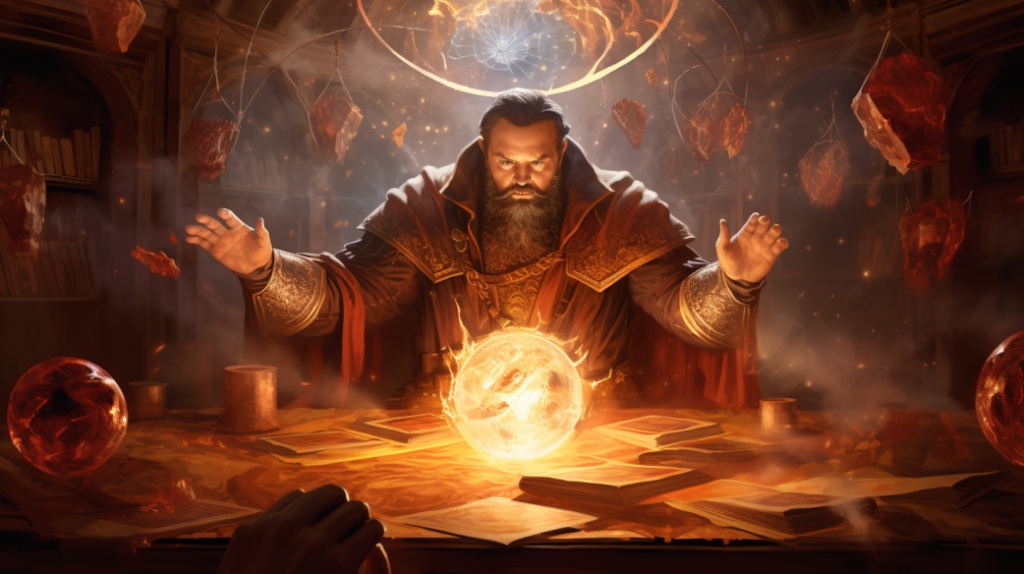
Planning the Plot Progression
Let’s now turn our attention to the heart of the matter – planning the plot progression.
This involves crafting the structure of the plot points and skillfully weaving in player actions to create a cohesive and engaging narrative.
It’s like building a delicate house of cards, where each card represents a plot point or a player action, and the stability of the entire story relies heavily on how well these cards are placed.
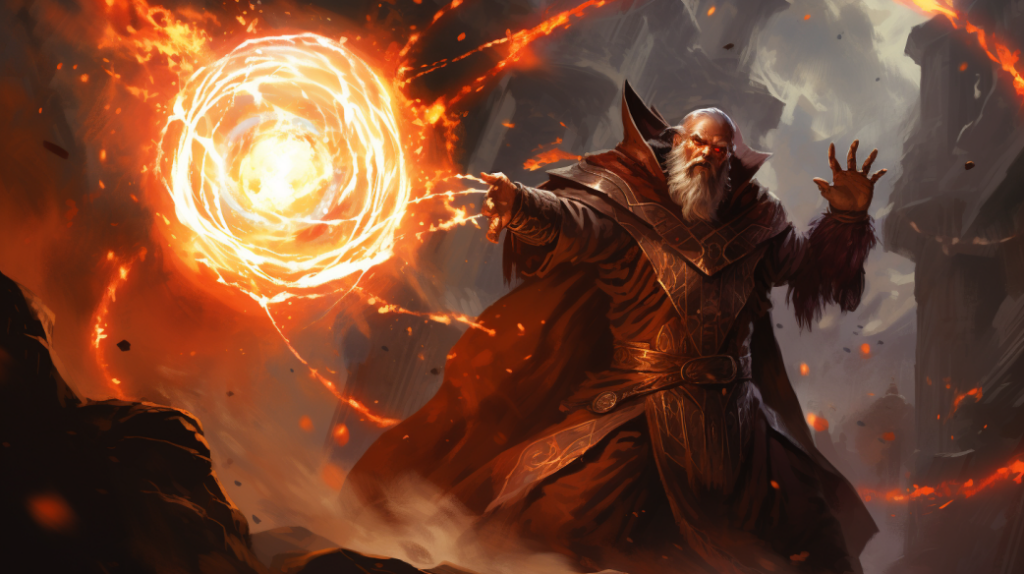
Structuring Plot Points
In crafting my D&D story arc, I’ll start by outlining the major plot points, which will serve as the backbone of the narrative progression. These points are crucial to keep the story intriguing with plot twists and to hook players with compelling narrative hooks.
1. The Introduction: Here, I’ll establish the setting, introduce key characters, and hint at the main conflict.
2. The Rising Action: This is where I’ll develop the conflict, introduce minor plot twists and obstacles.
3. The Climax: The high point of the story where I’ll stage a major plot twist that challenges the players to their core.
4. The Resolution: Finally, the narrative hook that keeps players hooked for the next adventure.
Incorporating Player Actions
After mapping out the major plot points, it’s crucial to consider the actions of the players, which can significantly influence the progression of the plot in my D&D story arc.
This is where player motivation becomes key. I always try to understand what drives each player’s character, their goals and fears, as these factors can shape the direction the story takes.
I plan multiple pathways, accounting for various actions the players might take. It’s a tricky balancing act, but it gives the players agency while keeping the narrative on track.
Moreover, action consequences aren’t to be overlooked. Each player’s action has a ripple effect; thus, I ensure their choices impact their journey, making the adventure feel more real and consequential.
Mapping the Adventure Locations
Now, I’m going to delve into how you can map out your adventure locations effectively and efficiently in your D&D 5e game. This process involves considering geographical considerations and location aesthetics, both crucial to creating an immersive and engaging campaign.
1. Geographical considerations: When mapping out your adventure locations, it’s essential to consider the geographical features. Are your characters in a mountainous region? A sprawling city? A haunted forest? The geography of your locations can provide unique challenges and opportunities for your players, making the game more dynamic and exciting.
2. Location aesthetics: The aesthetic of your locations is just as important as its geographical makeup. The visuals you describe can create a vivid mental image for your players, immersing them in the world you’ve created.
3. Linking locations: When planning, consider how your locations link to each other. Are they all in one kingdom? Spread across multiple continents? Understanding these connections can help create a cohesive and logical world map.
4. Points of interest: Finally, don’t forget to include points of interest. Whether it’s a bustling tavern, a mystical spring, or a dragon’s lair, these landmarks can drive your story and provide memorable experiences for your players.
Designing Puzzles and Challenges
Moving on to the next phase of our planning, let’s talk about designing puzzles and challenges for your D&D 5e game. It’s crucial to strike a balance in puzzle complexity.
Too simple, and players breeze through without satisfaction; too complex, and they may become frustrated.
Thus, I like to layer my puzzles, starting with an easy riddle or clue that leads to a more intricate problem. This method keeps players engaged and rewards their problem-solving skills.
Now, let’s talk about challenge rewards. I can’t stress enough how important it’s to make your players feel rewarded for overcoming challenges.
There’s no hard and fast rule, but I aim to ensure that rewards align with the difficulty of the challenge.
Hard-fought victories should yield significant rewards – powerful items, important information, or even alliances with useful NPCs.
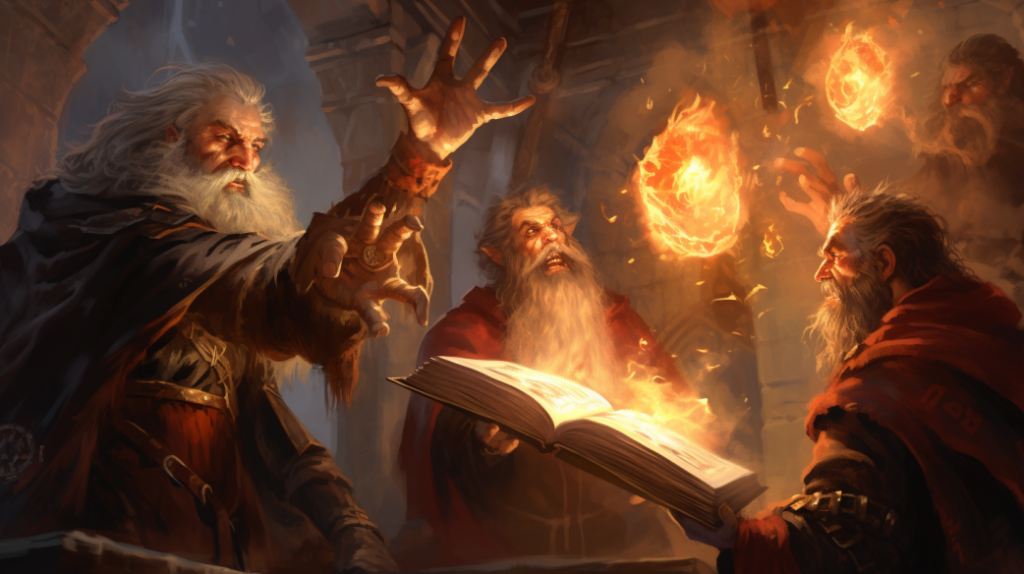
Setting the Adventure Pace
Before we delve into the nitty-gritty of crafting story arcs, it’s essential to understand the importance of setting the right pace for your D&D adventure.
The pace of your adventure can significantly impact player engagement and the overall campaign experience.
Effectively setting the pace requires a strategic blend of pacing techniques and time management. Let’s break it down:
1. Recognize the rhythm: Understand that every campaign has a rhythm. It’s up to you to find it and keep it consistent.
2. Vary the intensity: Not every moment should be filled with high tension. Mix in quiet moments for character development.
3. Manage game time: Be mindful of how much real-world time is passing. Keeping sessions within a manageable time frame helps maintain the pace.
4. Use pacing techniques: Techniques such as cliffhangers, time skips, and dramatic reveals can help drive the pace and keep players engaged.
Remember, the pace isn’t just about moving the story forward, it’s about creating a satisfying experience.
With these techniques, you’ll be able to set a pace that keeps your players eager for more.
Now, let’s transition into our next topic: the role of non-player characters.
The Role of Non-Player Characters
Let’s dive into understanding how non-player characters (NPCs) can significantly shape your D&D 5e story arcs. NPCs aren’t just background noise; they’re the lifeblood of your game’s world.
They give it depth and realism, and their interactions with the players can drive the plot forward in unexpected ways.
NPC motivations are crucial in this aspect. An NPC with clear goals and desires can present intriguing dilemmas, push the plot in new directions, or even become an unexpected ally.
For instance, a seemingly unimportant shopkeeper might be driven by a secret desire for revenge, leading him to provide vital information or assistance to the players.
Alternatively, an NPC’s motivation might be to maintain the status quo, making them a formidable obstacle in the players’ path.
NPC interaction is another key element. The way your players engage with NPCs can affect not only the story’s progression but also its tone.
A well-played NPC can elicit strong emotions, change players’ plans, or reveal important plot points. It’s through these interactions that your story truly comes alive.
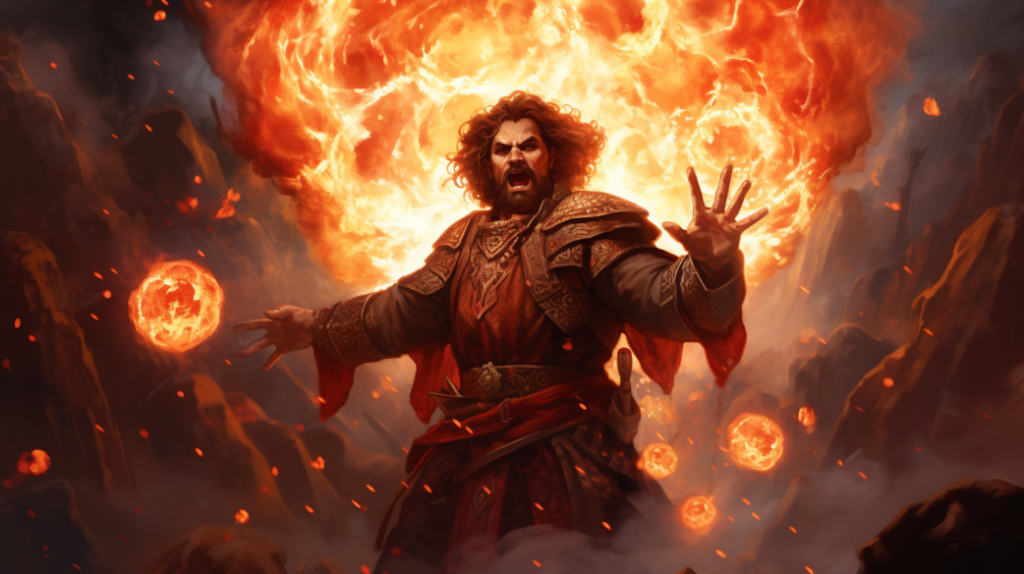
Evaluating and Adjusting the Story Arc
Often, I’ll find that as the game progresses, the story arc might need some evaluation and adjustment to keep up with the unpredictable nature of player choices and NPC interactions. This is where arc flexibility and player feedback become invaluable.
Here are four steps I’ve found helpful in adjusting a story arc:
1. Review Current Arc: Go over the ongoing arc, noting areas where players seem disinterested or confused. This can give you a sense of what needs tweaking.
2. Evaluate Player Feedback: Listen to your players. Their comments, questions, and actions in and out of character can provide valuable insights into what they find engaging.
3. Consider Arc Flexibility: Storylines should be malleable to accommodate unexpected turns. If your arc is too rigid, it may prove challenging to adapt to player decisions.
4. Implement Changes: Once you’ve gathered your data, apply changes where necessary. Be open to reworking major plot points, introducing new elements, or even altering the arc’s end goal.
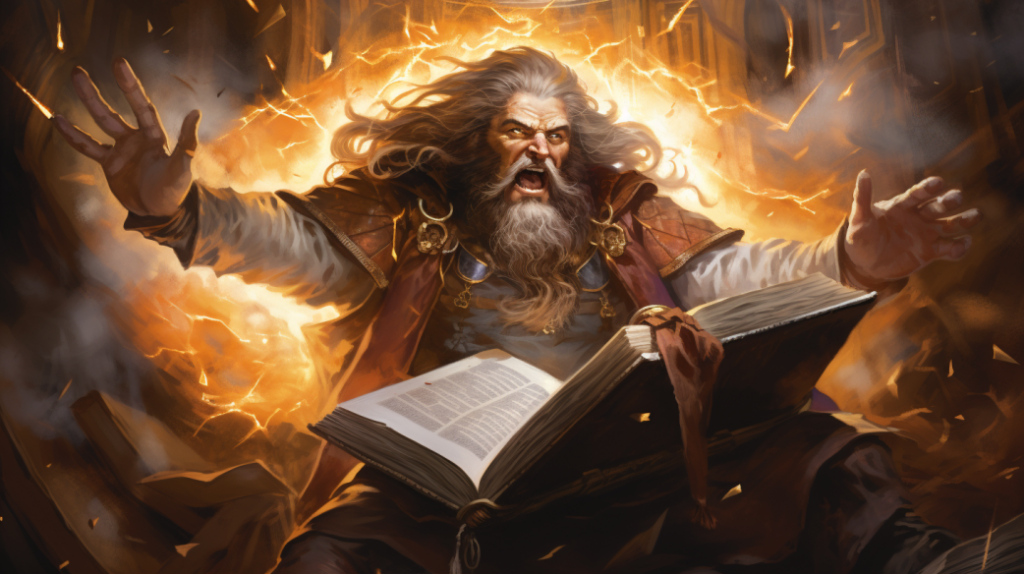
Frequently Asked Questions
What Is the Best Way to Handle Player Decisions That Deviate From the Planned Story Arc in D&D 5e?
When players deviate, I embrace their improvisation. It’s best to maintain plot flexibility, adjusting narratives to accommodate unexpected choices. This keeps the game dynamic and respects players’ agency in shaping the story.
How Can I Balance Combat and Role-Play Situations in a D&D 5e Campaign?
Balancing combat and role-play in D&D 5e involve strategic planning. I’d focus on character development and NPC interactions, ensuring each session has a mix of battles and conversational encounters to keep things interesting.
How Can I Integrate a New Player into an Ongoing D&D 5e Campaign?
To integrate a new player into an ongoing D&D 5e campaign, I’d start with a session zero to weave their character backstory into the existing narrative. This ensures a seamless and engaging entry.
What Resources Are Available for Generating Random Events or Encounters in D&D 5e?
I often use tools like the Dungeon Master’s Guide and online generators for event improvisation and encounter variety in D&D 5e. These resources provide a plethora of random events or encounters to spice things up.
How Can I Effectively Manage a Large Group of Players in a D&D 5e Campaign?
Managing a large group in a D&D 5e campaign requires strategic character development strategies. I keep everyone engaged by crafting in-depth plotlines and personal quests that tap into each character’s unique backstory and abilities.
